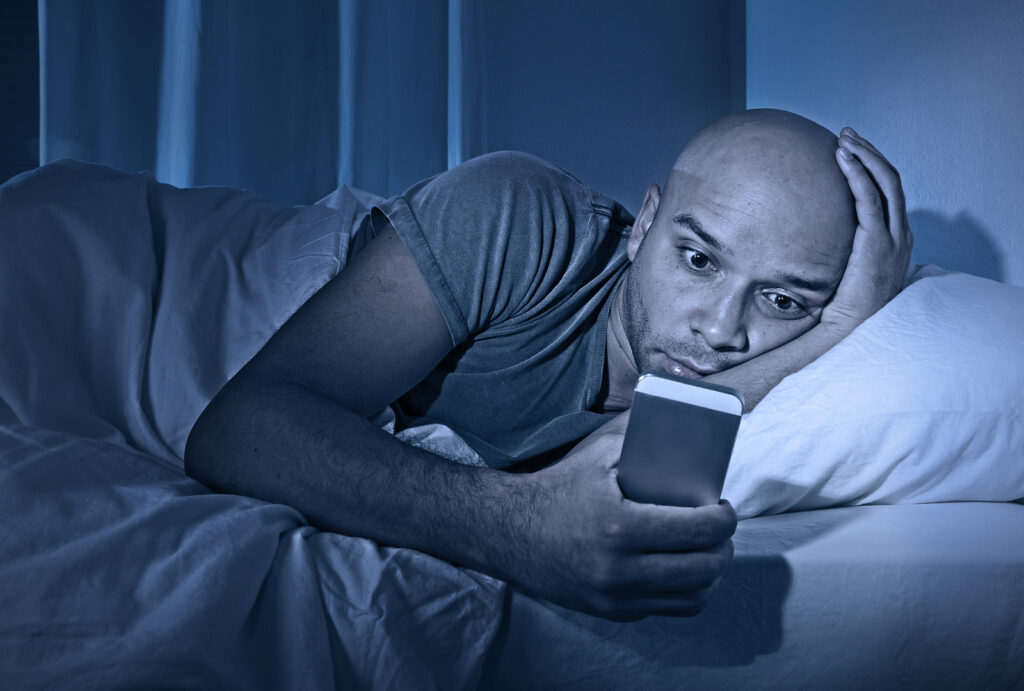
Medical staff working with COVID-19 patients in the hospital ‘trenches’ are subjected to intense amounts of stress and even trauma. All of this can have important long-term consequences for their mental health. Faced with shortages of medical supplies, agonizing shifts, and the looming prospect of death around them, it’s no wonder that many don’t find comfort in their beds anymore.
As many as one-third of medical staff experience insomnia, according to a new study performed by Chinese researchers. Besides insomnia, many also exhibited symptoms of depression, anxiety, and stress-based trauma.
“Typically, stress-related insomnia is transient and persists for only a few days,” said Dr. Bin Zhang, a professor at Southern Medical University in Guangzhou, China, and co-author of the paper. “But if the COVID-19 outbreak continues, the insomnia may gradually become chronic insomnia in the clinical setting.”
Zhang and colleagues surveyed 1,563 medical personnel who worked with critically ill COVID-19 patients using the WeChat social media platform. The questionnaires were conducted between January 29 and February 3, which was right at the peak of the COVID-19 epidemic in Wuhan, China.
According to the results, 36.1% of the respondents reported insomnia symptoms, a statistic that is consistent with those experienced by first responders during the 2002-2003 SARS outbreaks. The novel coronavirus, SARS-CoV-2, is related to the virus that caused the SARS outbreak and shares many similar features.
Among those that scored high on insomnia symptoms, there was also a much higher incidence of depression-like symptoms than in the non-insomnia group. Around 87.1% of the participants in the insomnia group reported symptoms of depression compared to just 31% in the non-insomnia group, especially in moderate (22.9% vs 2.8%) and severe (16.7% vs 1.8%) cases. Similar differences between the two groups were reported for symptoms of anxiety and stress-induced trauma.
Insomnia symptoms were correlated with several behavioral, psychological, and social factors. For instance, those who had feelings of strong uncertainty were 3.3 times more likely to exhibit insomnia than those who did not.
The level of education was also associated with frequent sleepless nights. Medical staff with a high school education or below had a 2.69 times higher incidence of insomnia symptoms than those with a doctoral degree. The authors speculate that perhaps less education makes people more prone to outcome-based fear.
Of course, stress also likely plays a major role in these findings. Shortages of personal protective equipment, the deaths of patients and even fellow colleagues, and the risk of becoming infected themselves can raise stress hormones through the roof. Often, medical staff has to work 12-hours shifts without taking a break otherwise they risk becoming infected when they have to remove their personal protective equipment.
This daily grind naturally leads to physical and mental exhaustion, therefore triggering insomnia due to high stress in many individuals.
The authors add that there are some strategies that can help mitigate some of these negative effects on the mental health of medical staff. They propose Cognitive Behavioral Therapy for Insomnia (CBTI), which includes sleep hygiene education (not using the smartphone before bed, for instance), relaxation therapy, stimulation control, sleep restriction, and cognitive therapy.
“A longitudinal study to track the changes of insomnia symptoms is needed among medical staff, especially when the death of medical staff during COVID-19 will be officially announced and updated,” Zhang added.
The findings appeared in the journal Frontiers in Psychiatry.









